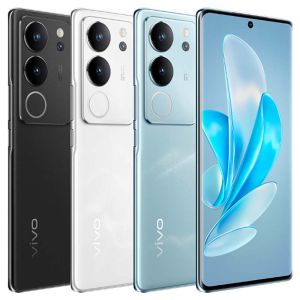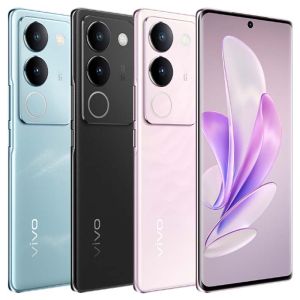Looking back at vivo's S series, innovative design and excellent portrait performance have always been synonymous with it, and I still love the ultra-slim body of the S16 series. Now that the S17 series is here, can the innovative design of the S17 series make my eyes shine again? How has the portrait performance been improved? Let's explore it with the S17 Pro of the Big Cup.
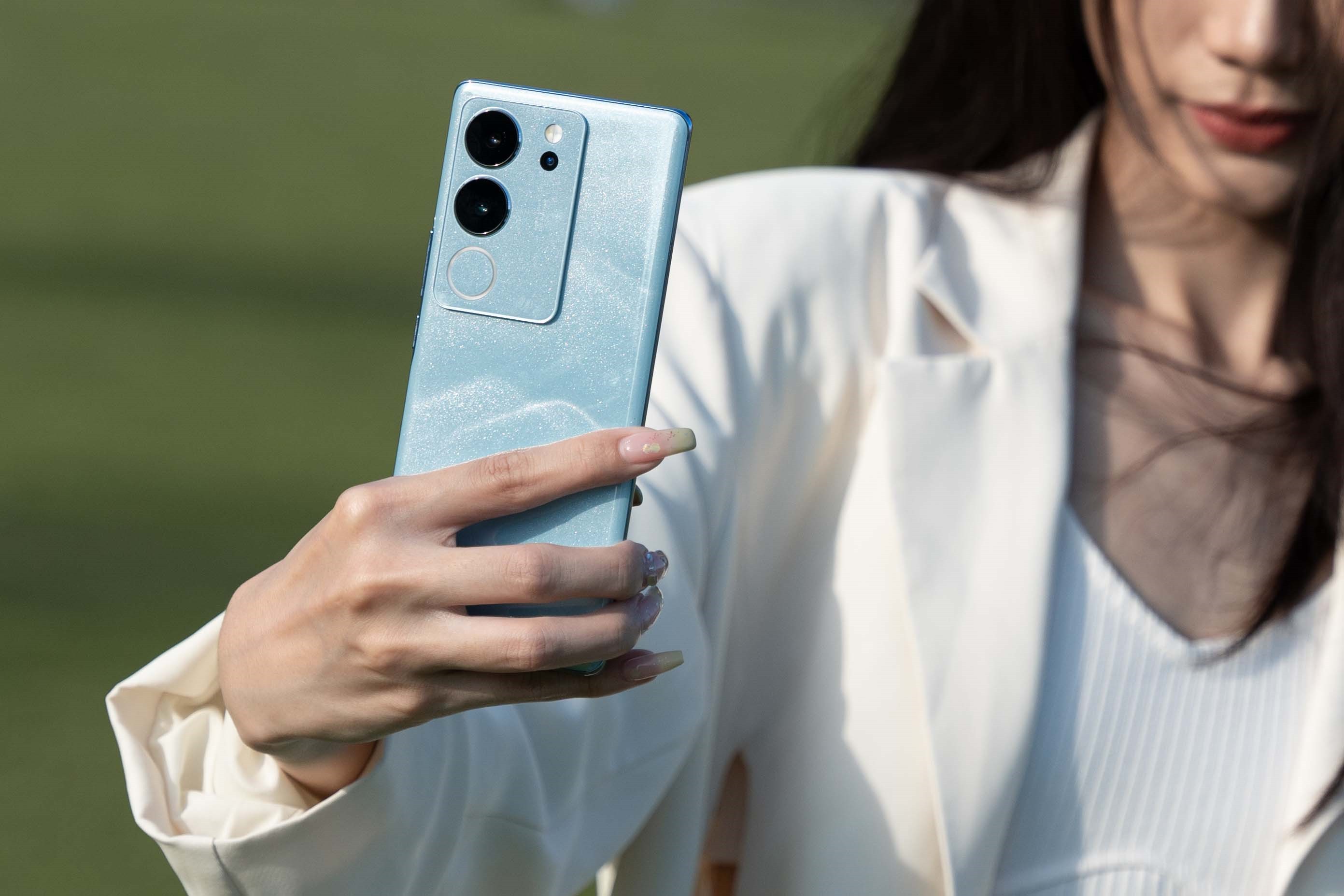
Flowing mountain and sea design, showing the youthful trend
The previous generation of vivo S16 series took jade as the source of inspiration, and the "Yan Ru Yu" color scheme brought very high recognition. This time vivo turns its attention to the popular fluid vision, and brings the industry's first particle ink design to the "Mountain Sea Green" color scheme of S17 Pro, which overlaps 15 million microns of magnetic particles to finally present a layered mountain-shaped stack of light and shadow.
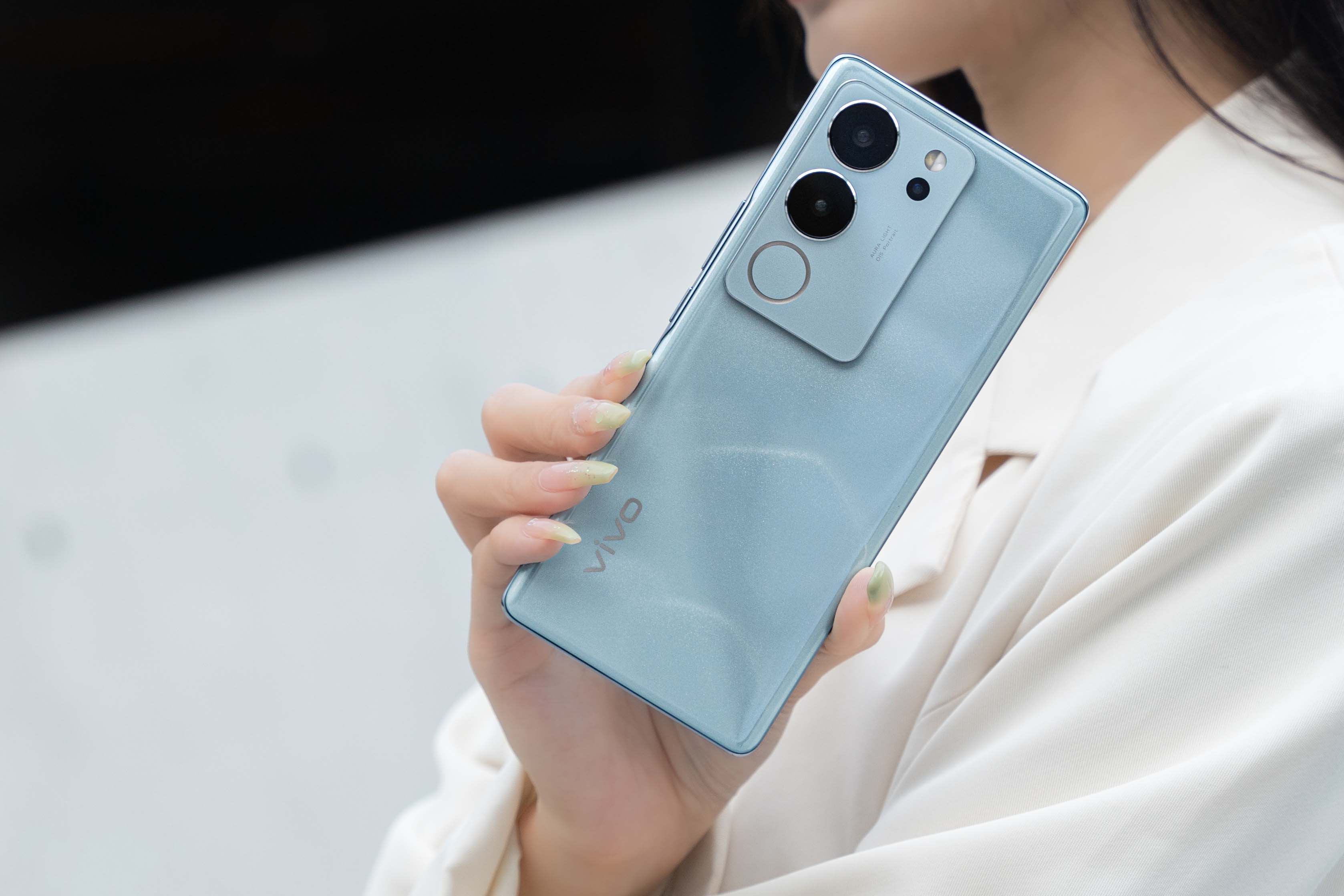
How is the mountain-like golden texture on the back achieved? The principle is to add a 2-particle inking process, and after the single layer of mountain-shaped lines is set, a second layer is staggered and overlaid.
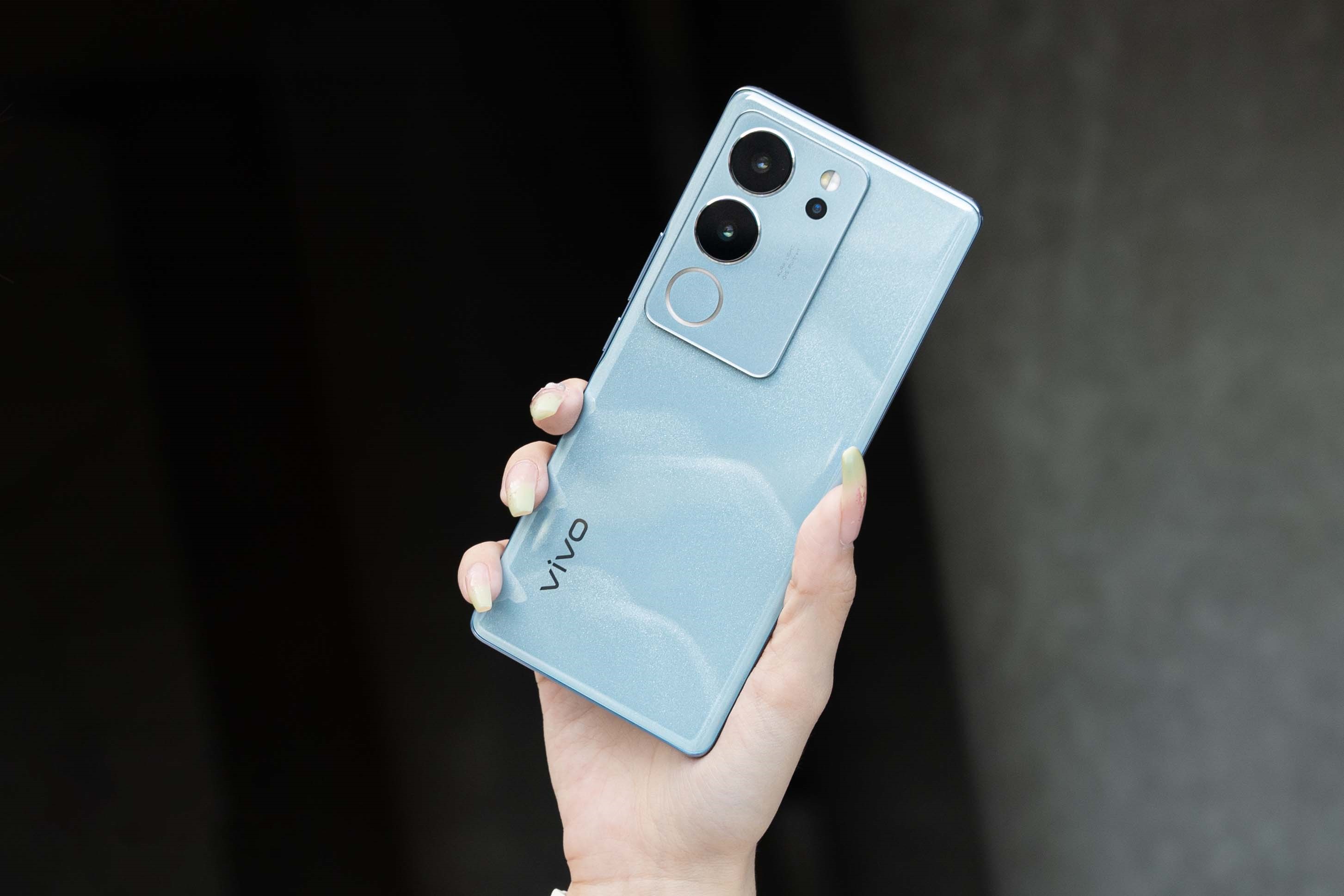
The lens module of the vivo S17 Pro is designed with a cloud step mirror set, which at first glance seems to be the same as the S16, but a closer look will reveal that the S17 Pro has placed one of the lenses and the flash together, while the round hole below the lens has been replaced with a soft light. Yes you read that right, the rear lens module of the Vivo S17 Pro has both a soft light ring and a standard flash, the purpose of which will be talked about later in the video.
It is worth mentioning that the color of the vivo S17 Pro lens module is the same as the body color, which has a transparent effect when viewed from a distance, allowing the whole machine to show a stronger sense of unity.
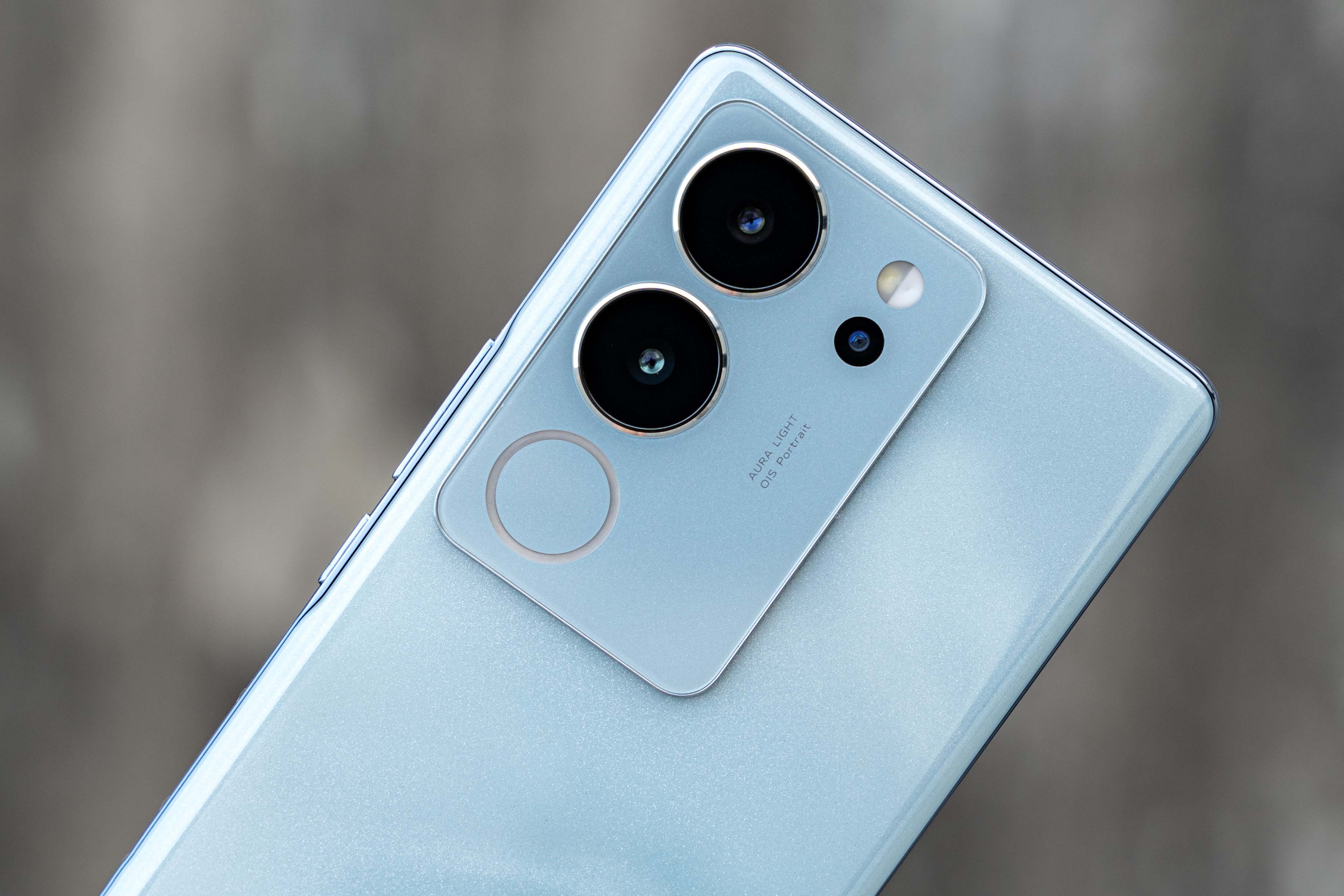
The overall body of the vivo S17 Pro is designed with a streamlined curved surface, and the transition between the curved edge and the bezel is very silky smooth, so there is no pinching in your hand.
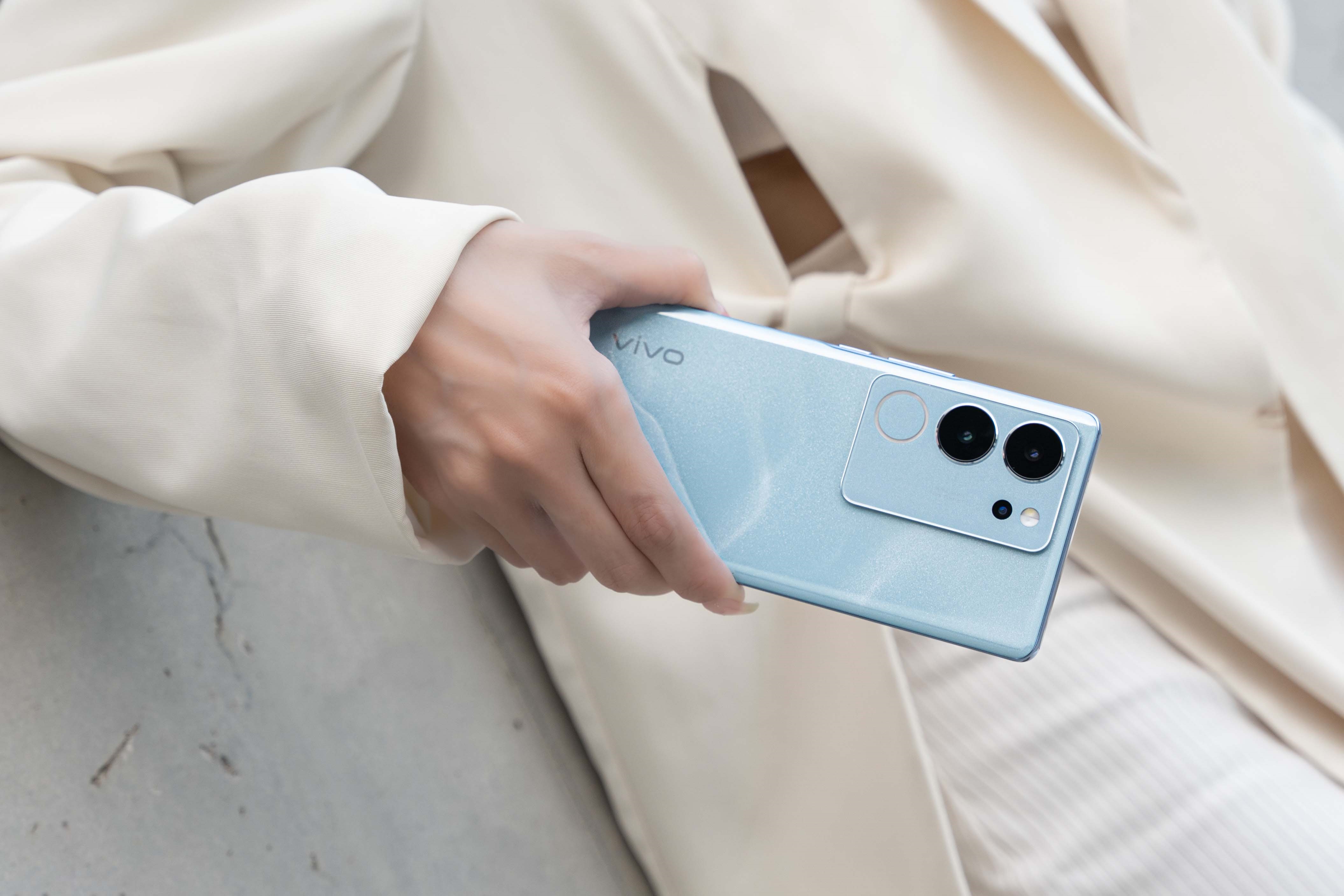
Knowing portrait photography, you need to know "light" first
In terms of image, Vivo S17 Pro uses a classic 50 megapixel Sony IMX766 sensor on the rear, with a 1 micron pixel size, and supports pixel quadruplex in low light, making the night shots more pure, as well as OIS optical stabilization, which greatly improves the film production rate.
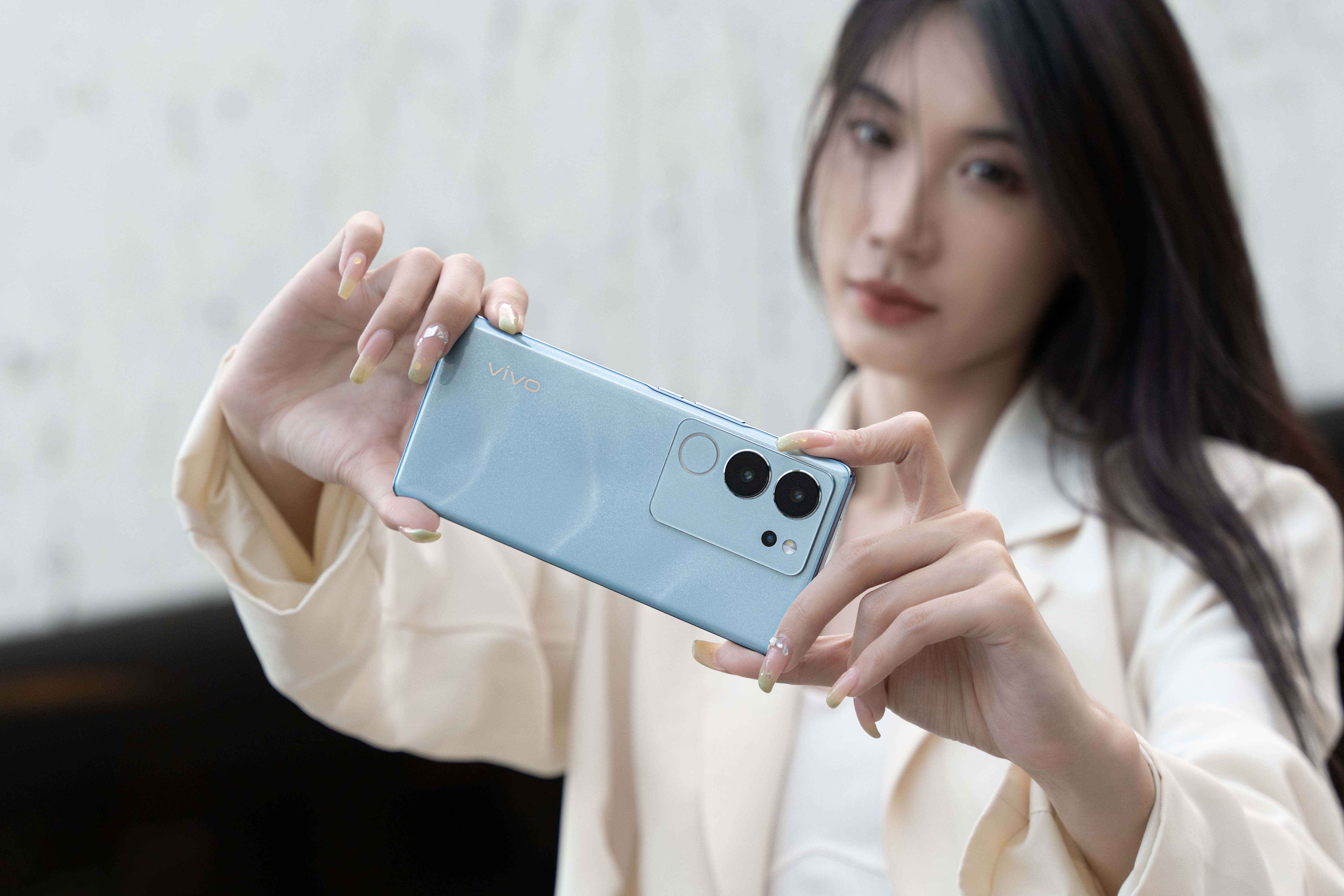
The soft ring on the rear of the S17 Pro has been upgraded with a 1/5th larger diameter and 36% brighter than its predecessor. What has not changed is the internal staggered placement of 2 cool LEDs and 2 warm LEDs, with matte bokeh particles to soften the light and enhance the sense of atmosphere in the shot.
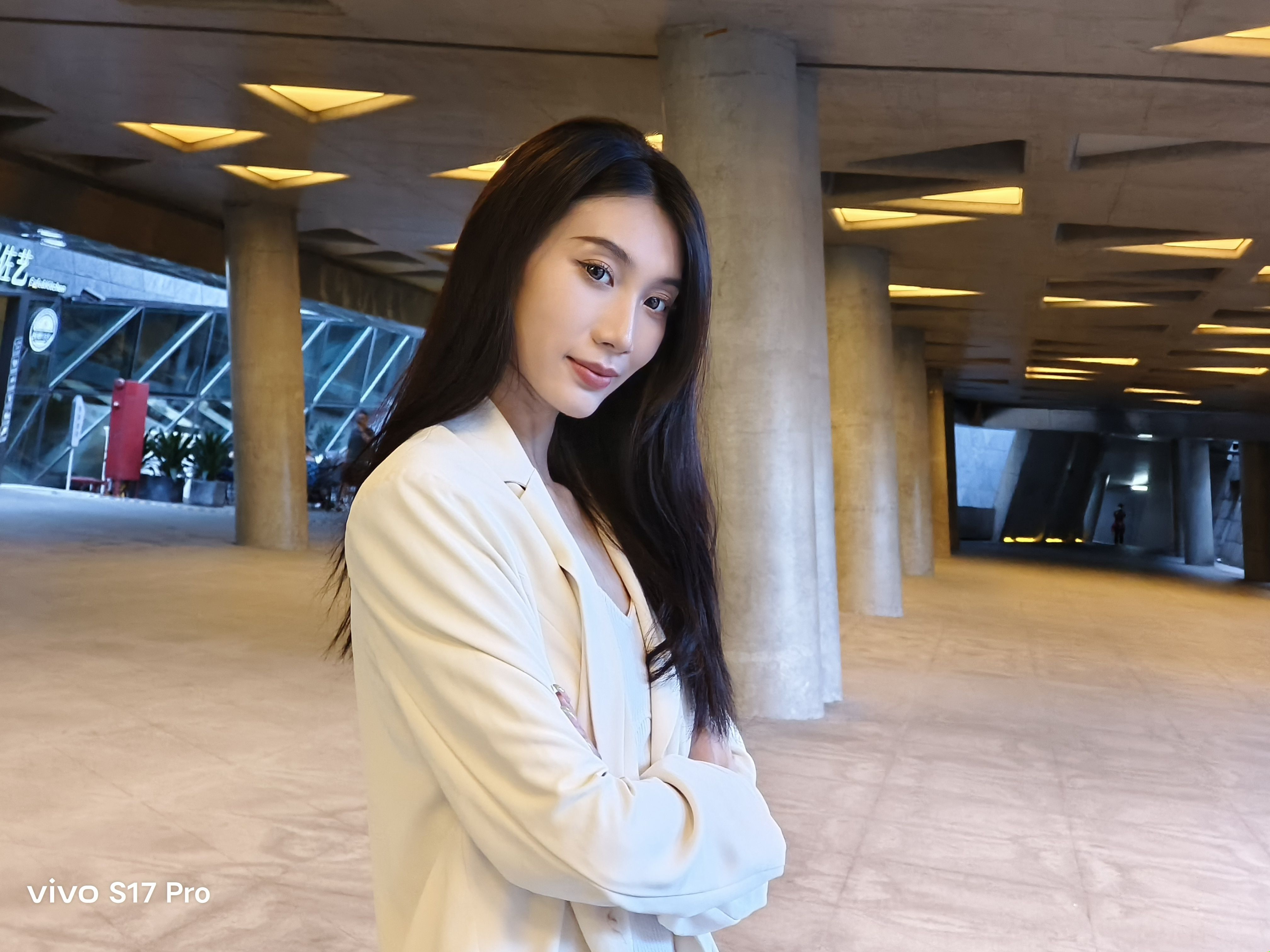
(Portrait sample: the soft light can effectively illuminate the face in low light and enhance the sense of three-dimensionality)
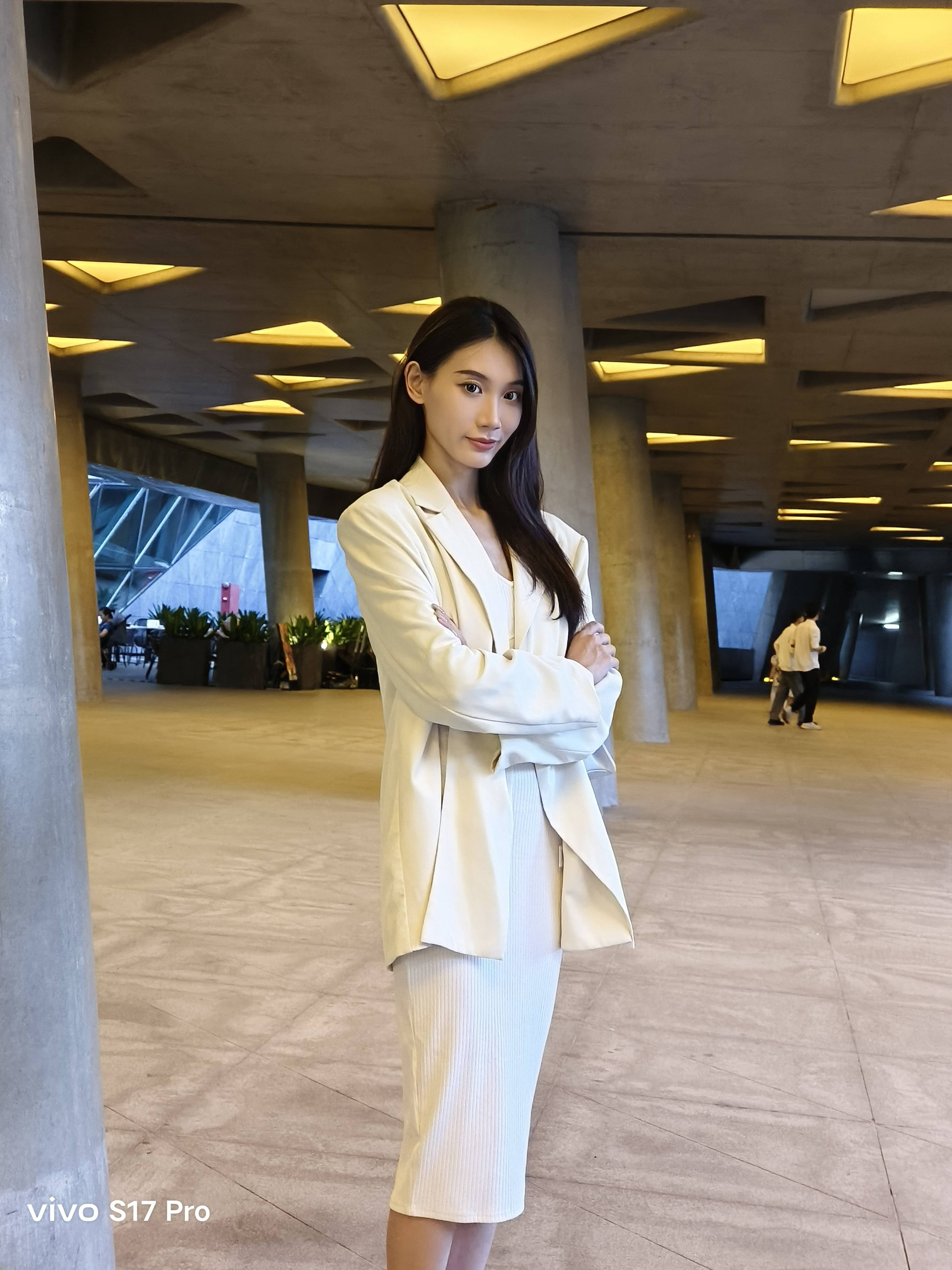
(Portrait sample)
Not only that, Vivo S17 Pro's soft light also has innovative color temperature variable technology, the phone can intelligently match the soft light color temperature according to the environment to make the portrait more integrated into the environment, of course, you can also manually control the color temperature to shoot the effect you want.
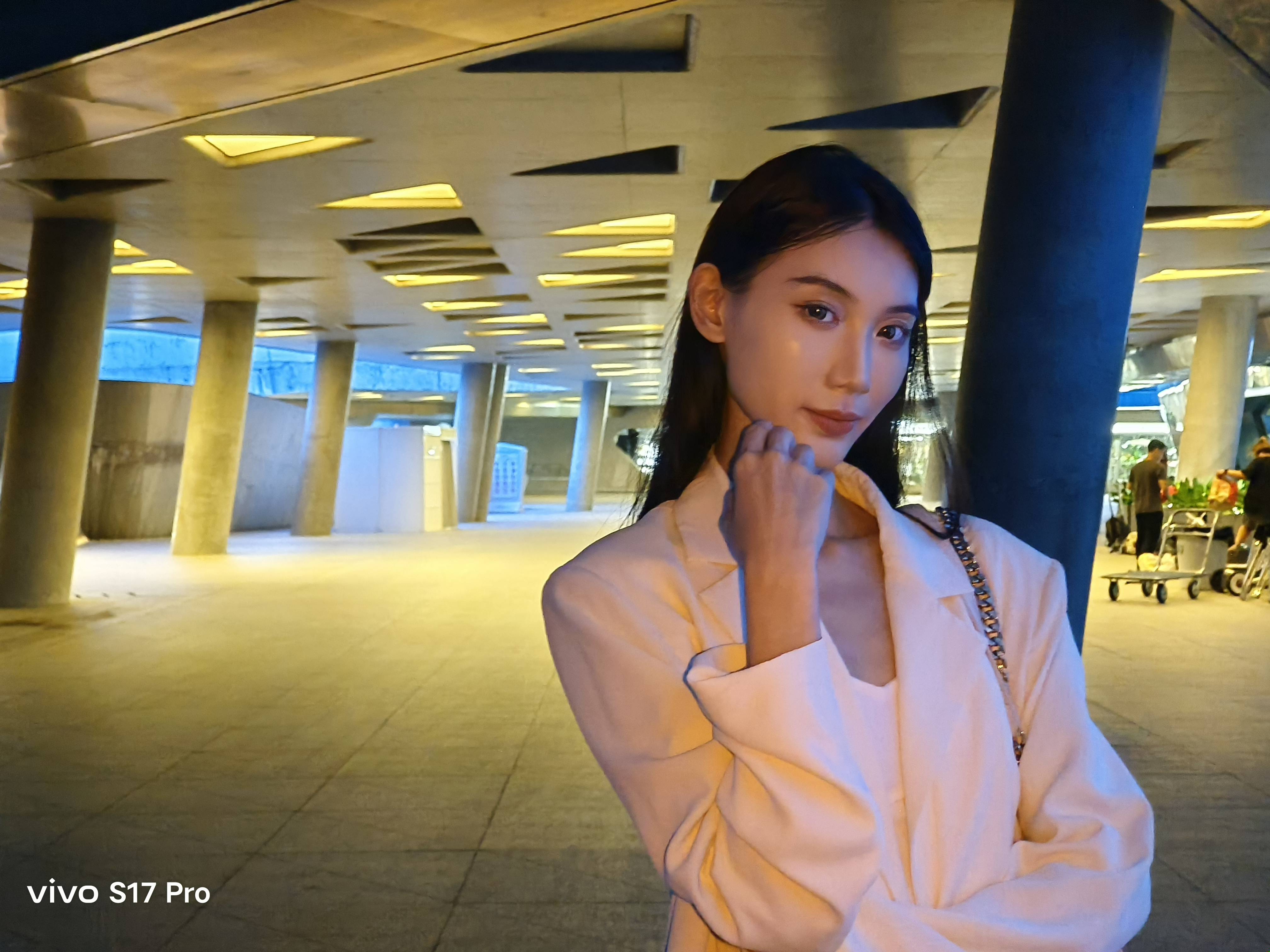
(Warm light shooting)
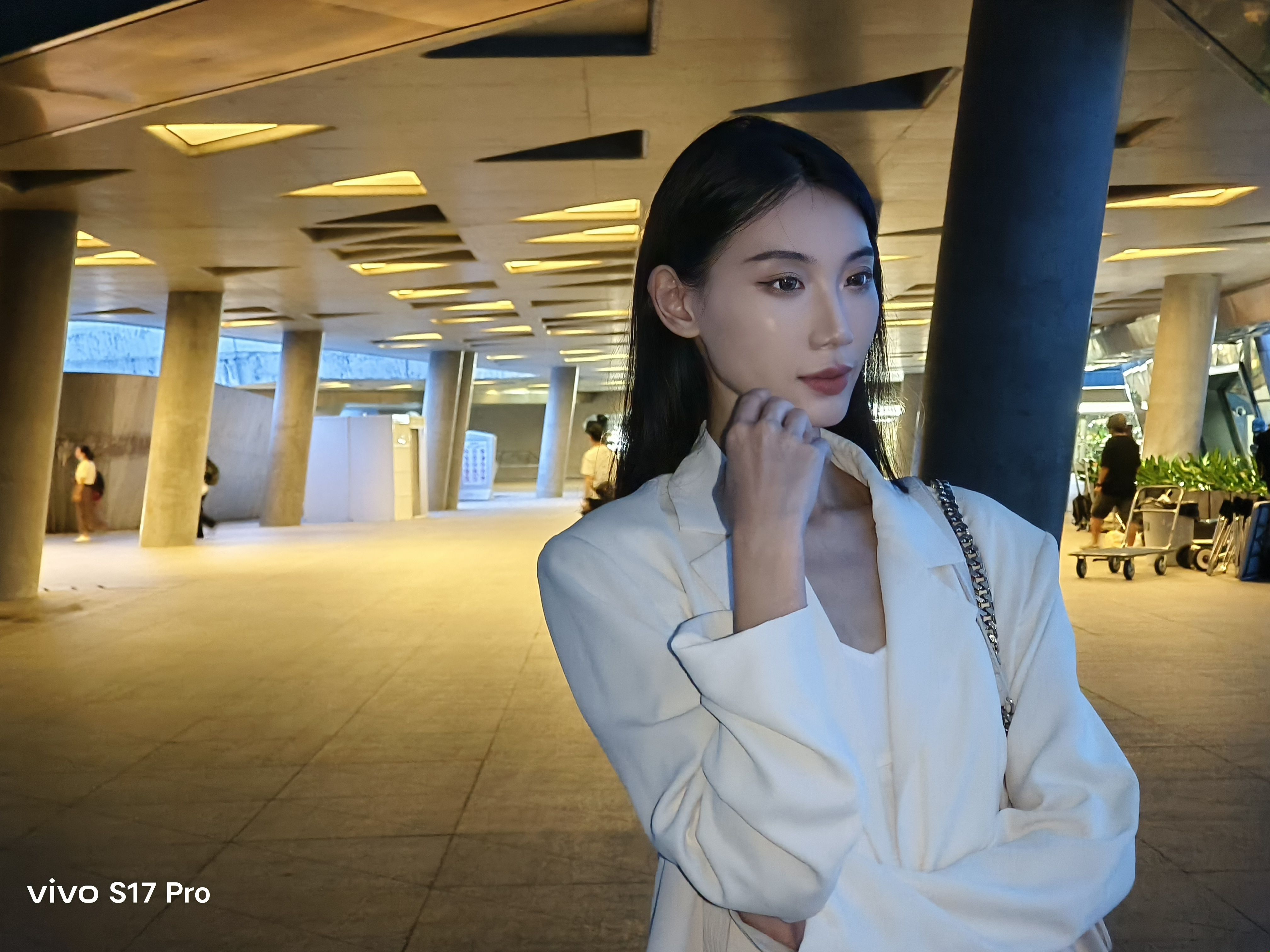
(Cold light shooting)
As we mentioned above, the Vivo S17 Pro has not only a soft light ring on the rear, but also a standard flash, which is useful for using instant flash to bring higher brightness, so that dark portraits can be taken more clearly and brightly.
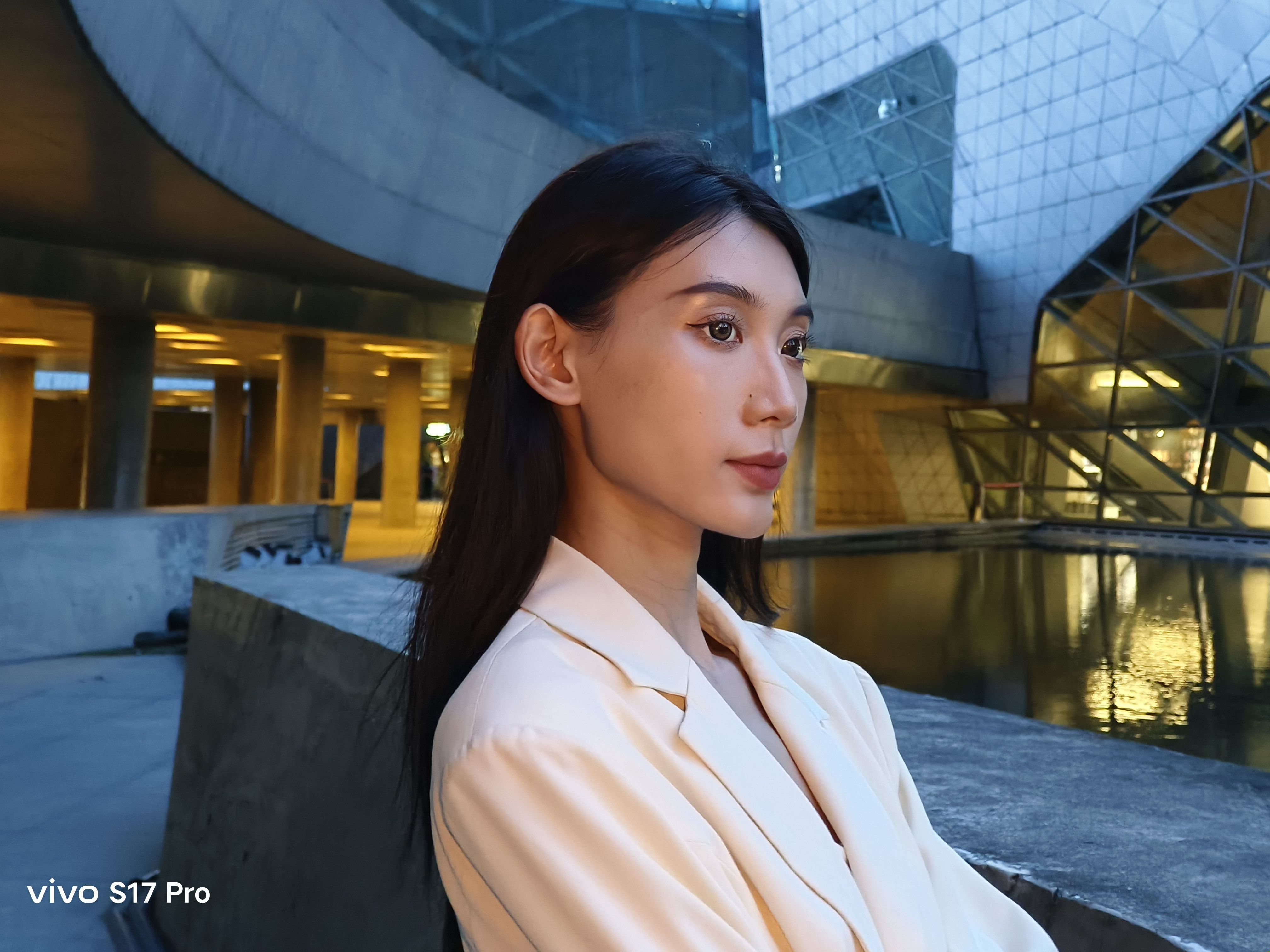
(Portrait Sample)
The front lens of the vivo S17 Pro is a 50MP JN1 wide-angle lens with a large F2.0 aperture and AF autofocus, as well as an upgraded front soft light with an expanded fill angle of 90˚, perfectly suited for this wide-angle lens.
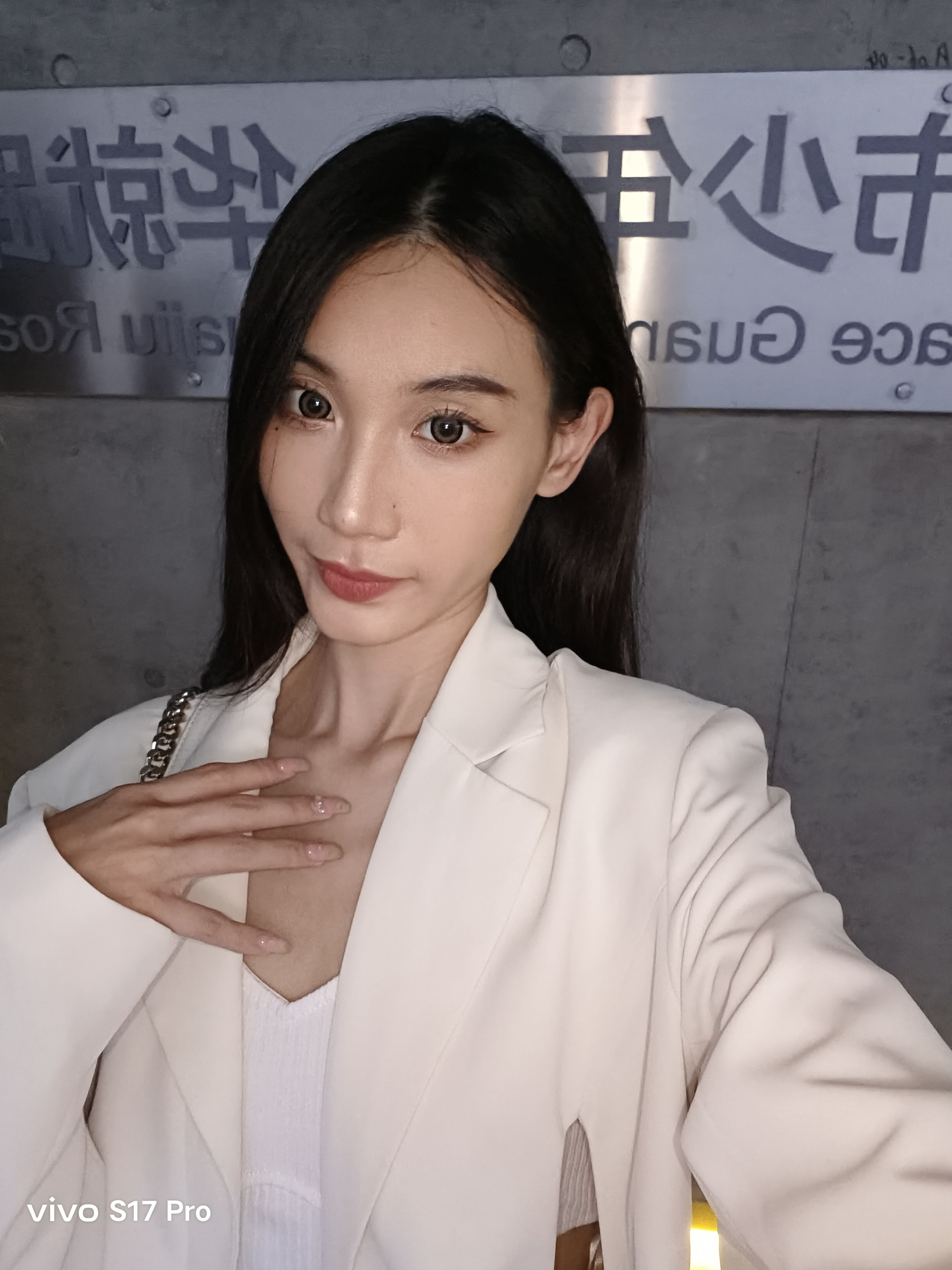
(Front portrait sample)
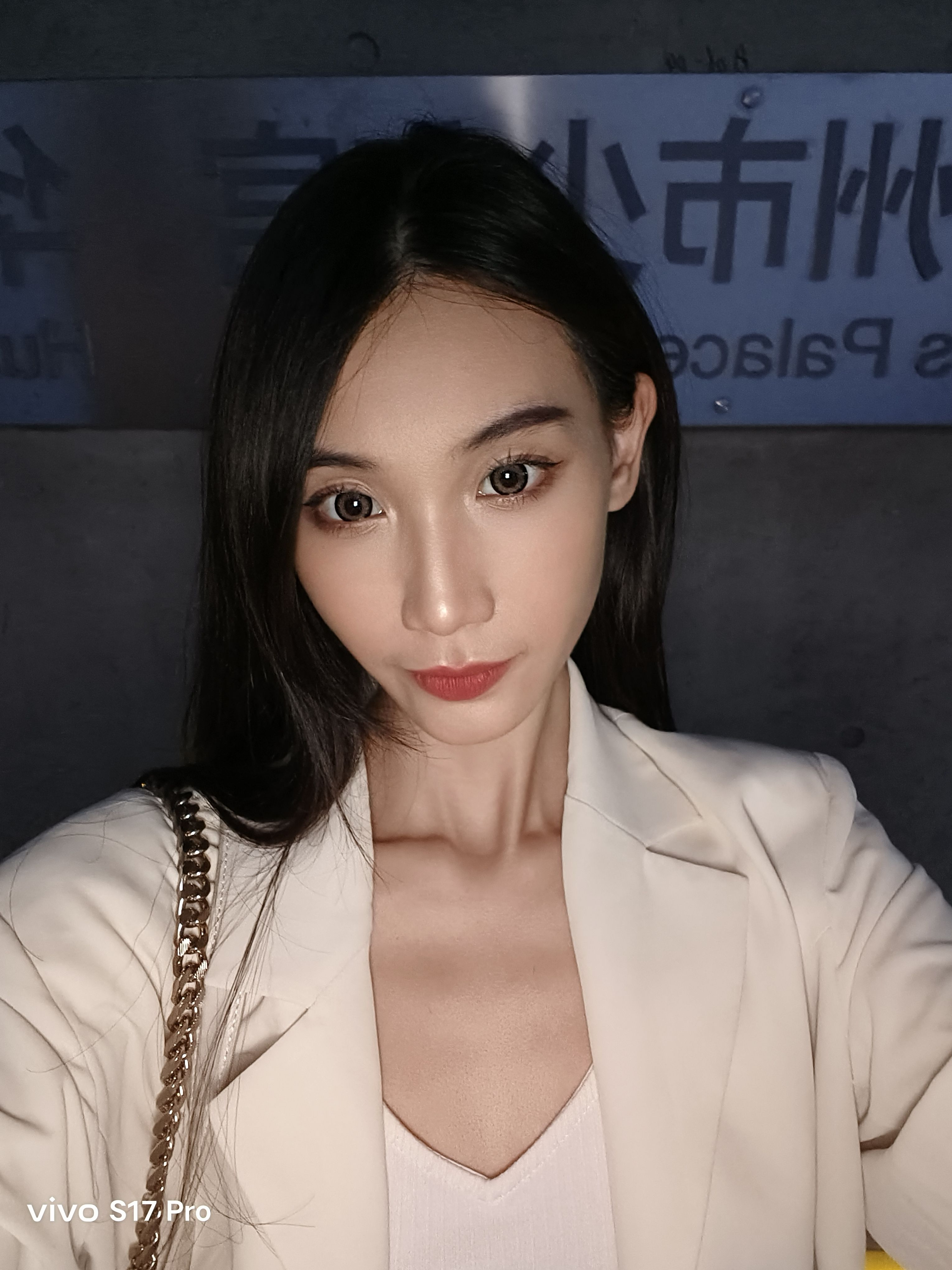
(Front portrait sample)
A more personalized shot requires the addition of creative filters. Vivo S17 Pro uses a soft film style to present a realistic flash texture through the front fill light. The resulting image not only has a good color rendering, but also has a grainy feel of old photos.
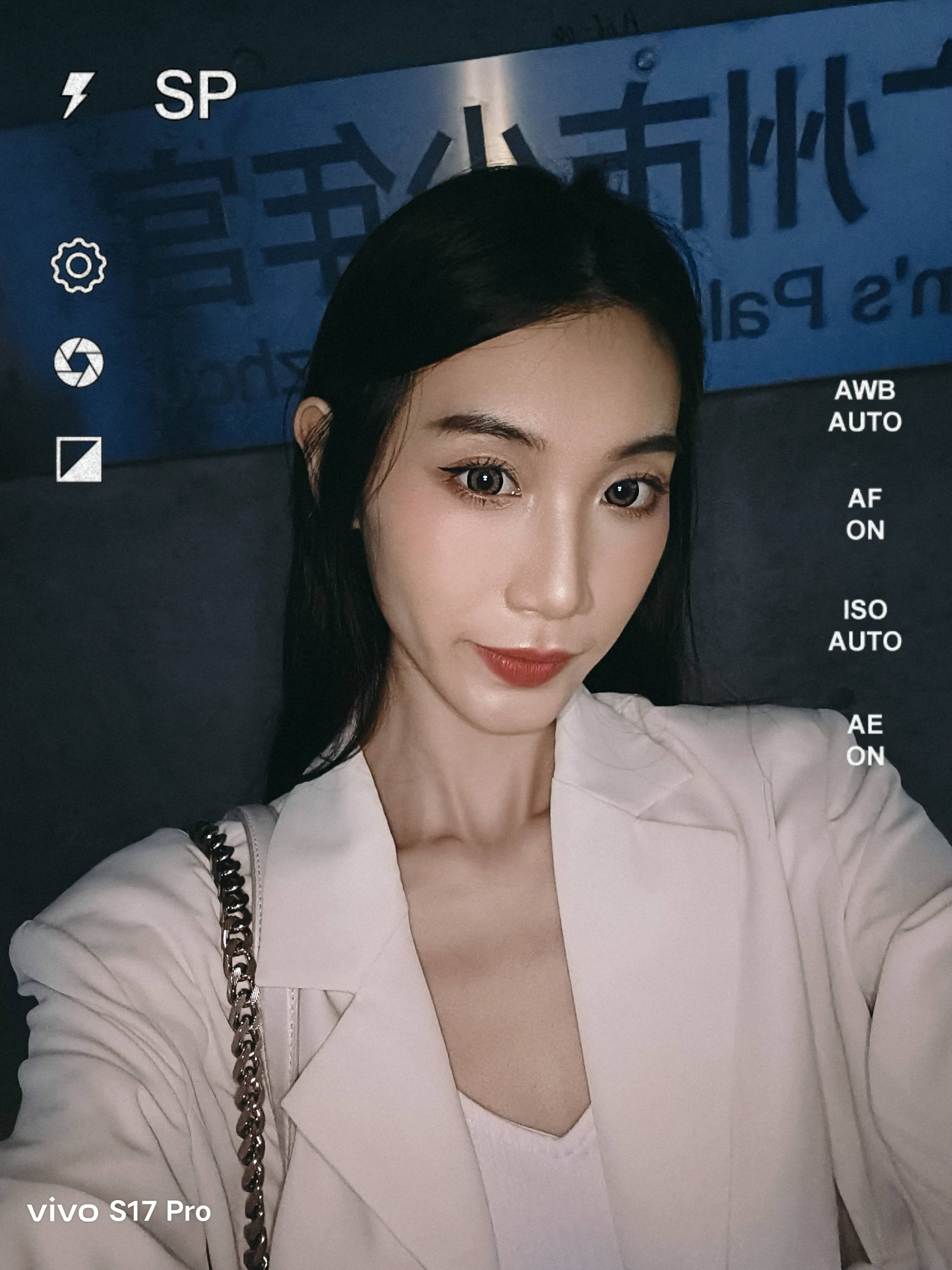
(Creative filter sample)
I believe that many of my friends will have the situation that the food is dimly lit when they shoot food, and when they turn on the flash, they will overexpose it, and they can't capture the characteristics of the food no matter how they shoot it. This time the vivo S17 Pro's soft light food mode comes into play, after opening this mode the phone's rear soft light will open, illuminate the details of the food, enjoy the delicious and at the same time can also feel its face value.
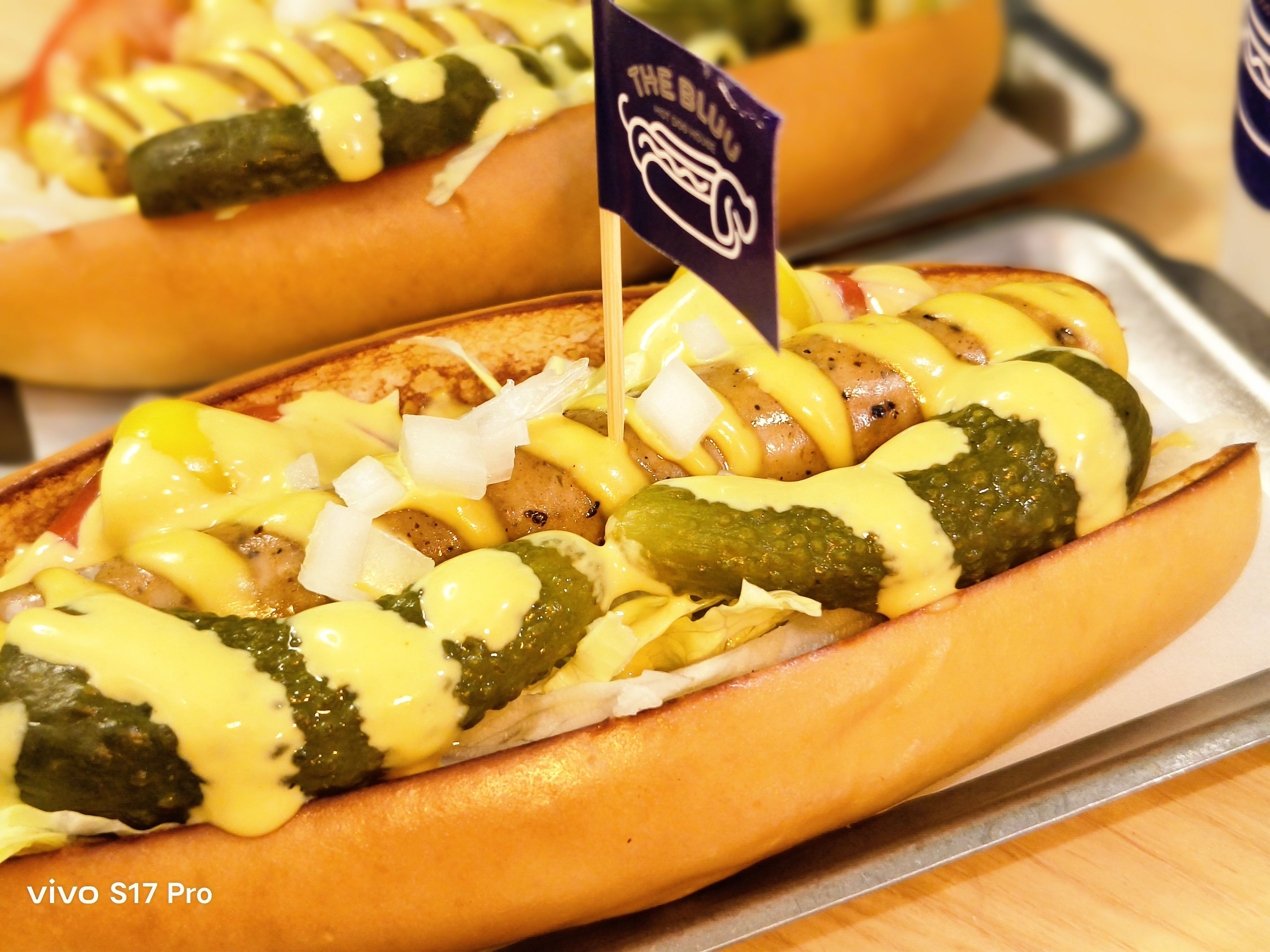
Finally, we also tried the daily landscape shooting, Vivo S17 Pro's imaging saturation is high, although very pleasing to the eye, but a little different from the naked eye perception, if you want a more realistic picture effect can be turned on the natural mode to reduce the saturation of the picture.
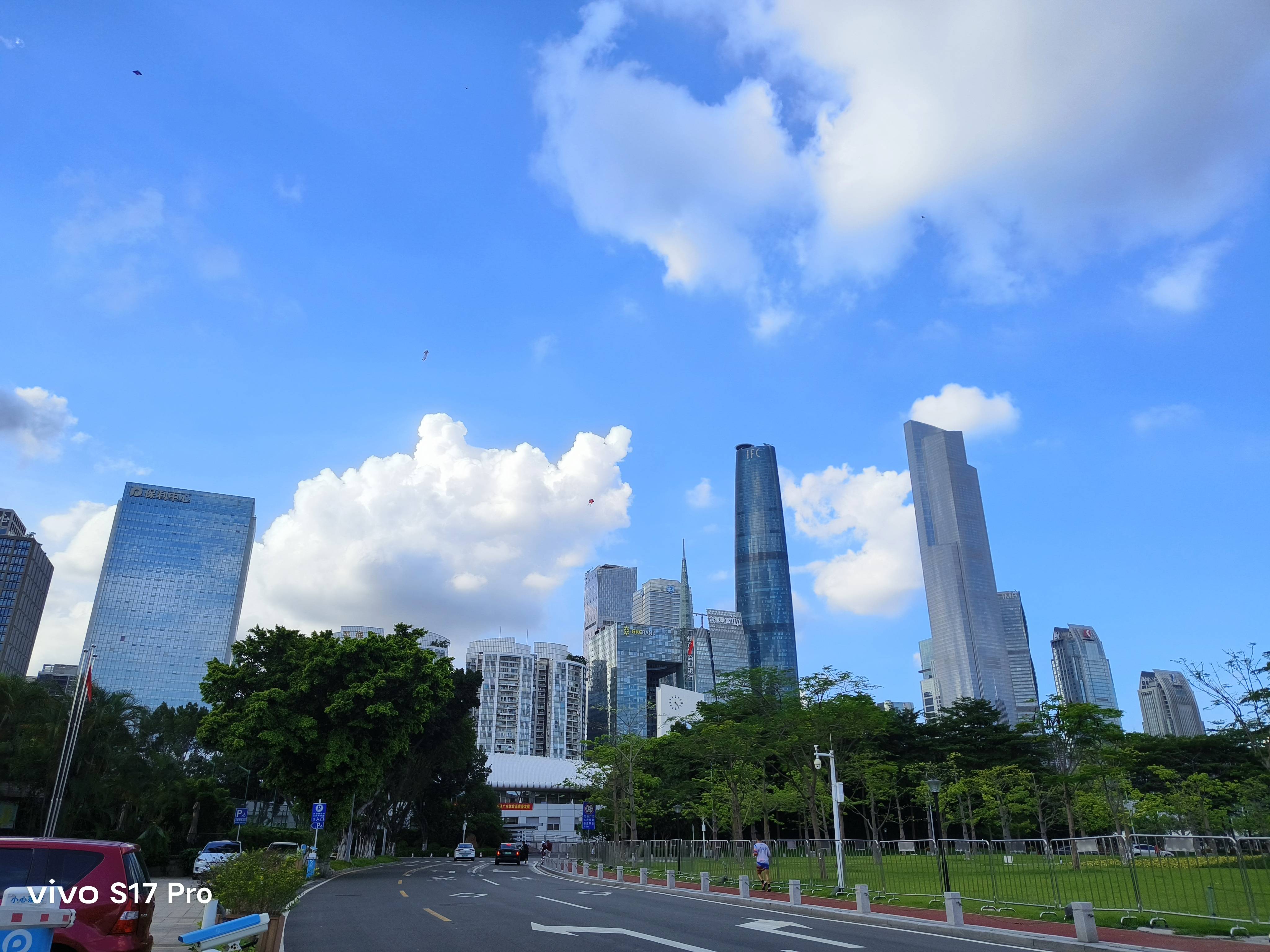
(Main shot sample)
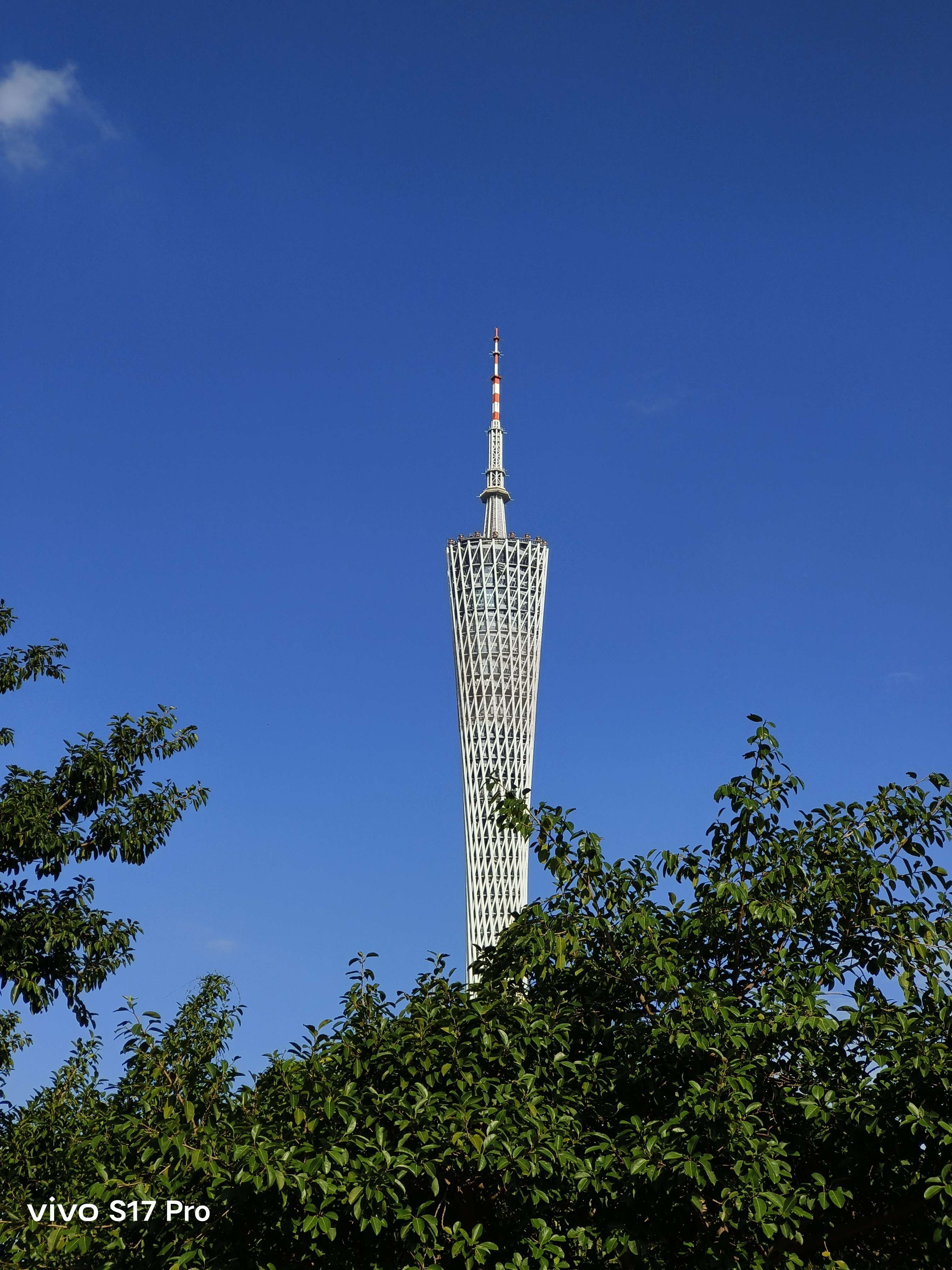
(Main shot sample)
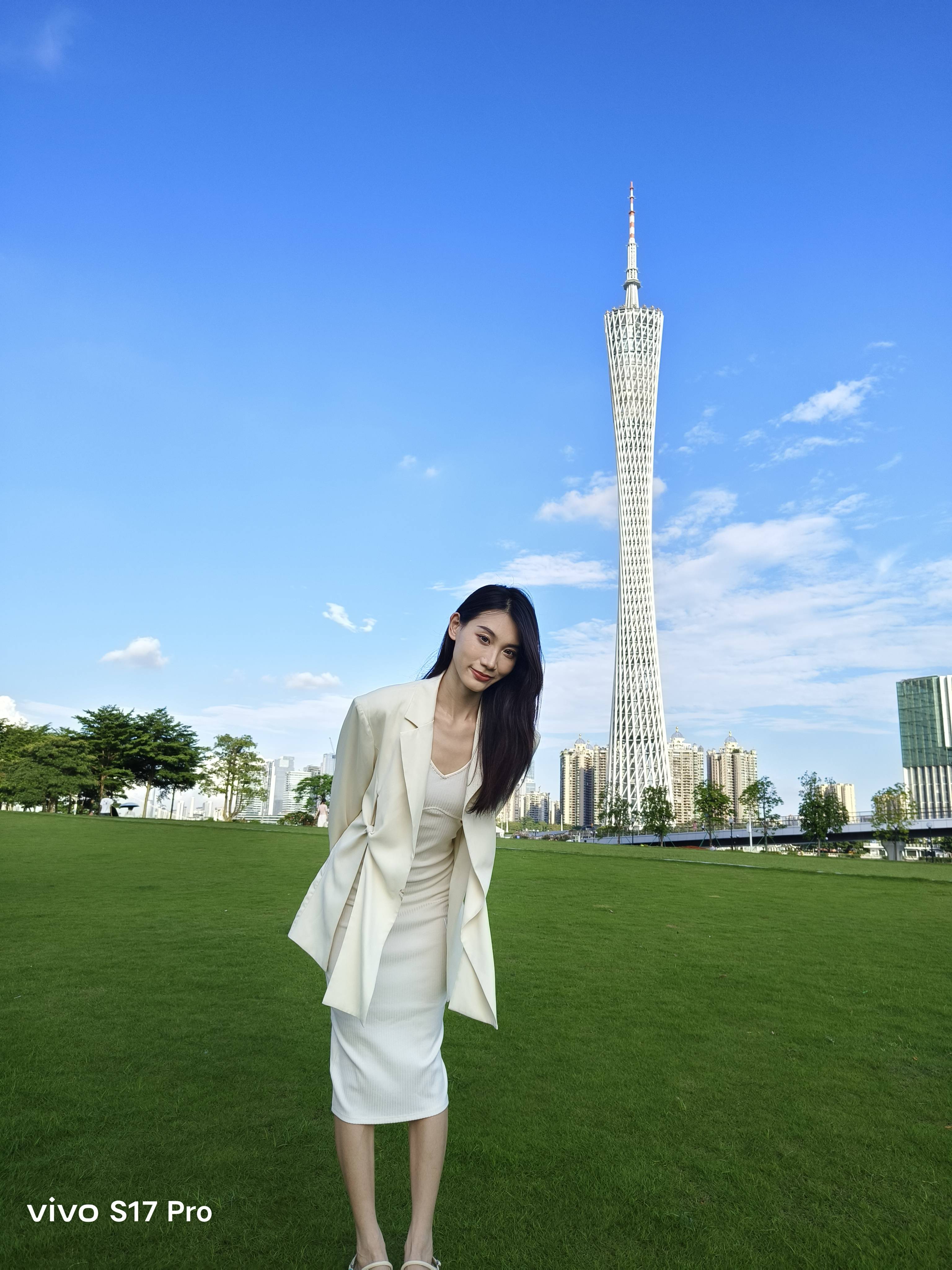
(Main camera portrait sample)
I have to say that Vivo has studied the art of "light" thoroughly. Compared to the direct use of algorithms to enhance dark portraits, the direct light filling method of Vivo S17 Pro not only reduces the probability of algorithmic "rollover" but also allows the shooter to take pictures that are more realistic. It also allows the shooter to take photos that are more to their liking, which is a best-of-both-worlds solution.
Thin and light phone also has good performance
The vivo S17 Pro is equipped with the Tiangui 8200 chip with a 4nm process, with a maximum of 12GB + 512GB of memory combination, daily open microblogging or other shopping software can be point and enter, mass storage can also put down more photos and videos.
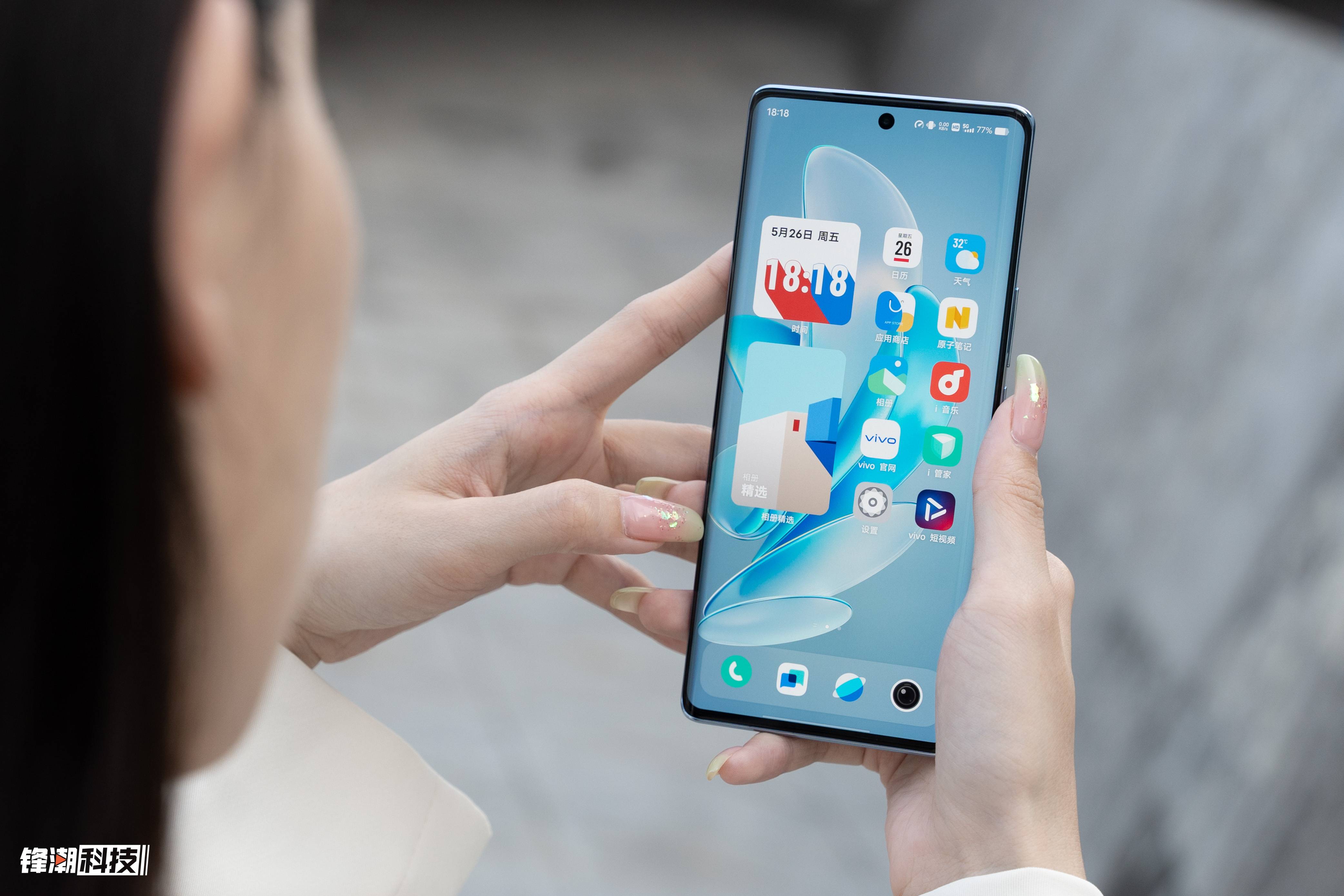
We tested the S17 Pro for a half-hour ranking match of "King of Glory" (120 fps + ultra high frame rate) at 25 degrees room temperature. The average frame rate was 118.7 fps, and the highest temperature on the back of the device was only 39.2 degrees, with a short lag during group battles, which did not affect the overall gaming experience.
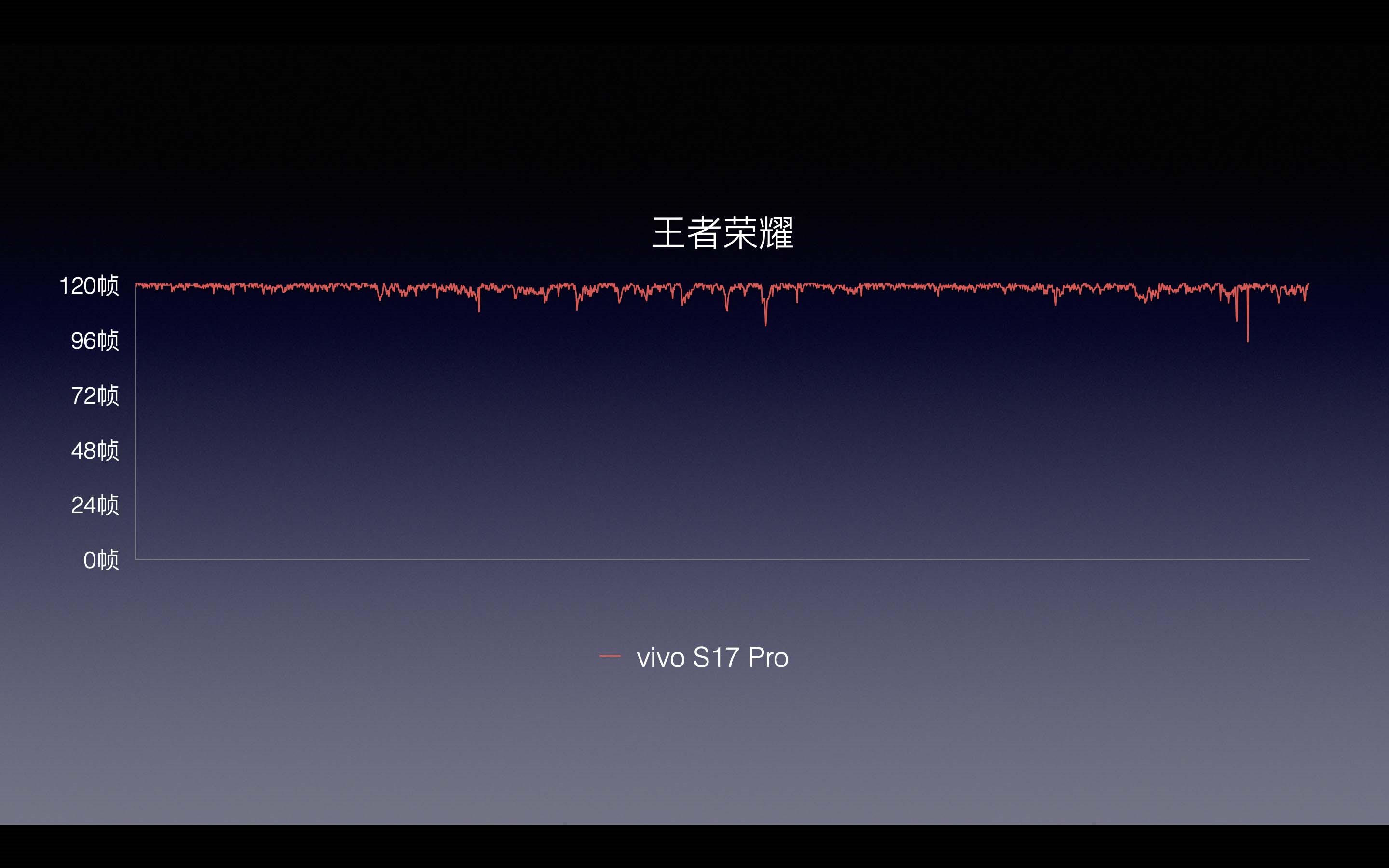
(Half-hour glory of kings frame rate curve)
In terms of battery life, Vivo S17 Pro has a 4600mAh battery under its thin and light body, so it can be charged once a day for daily use, and with 80W long-range flash charging, it can be charged to nearly 70% of battery in 30 minutes.
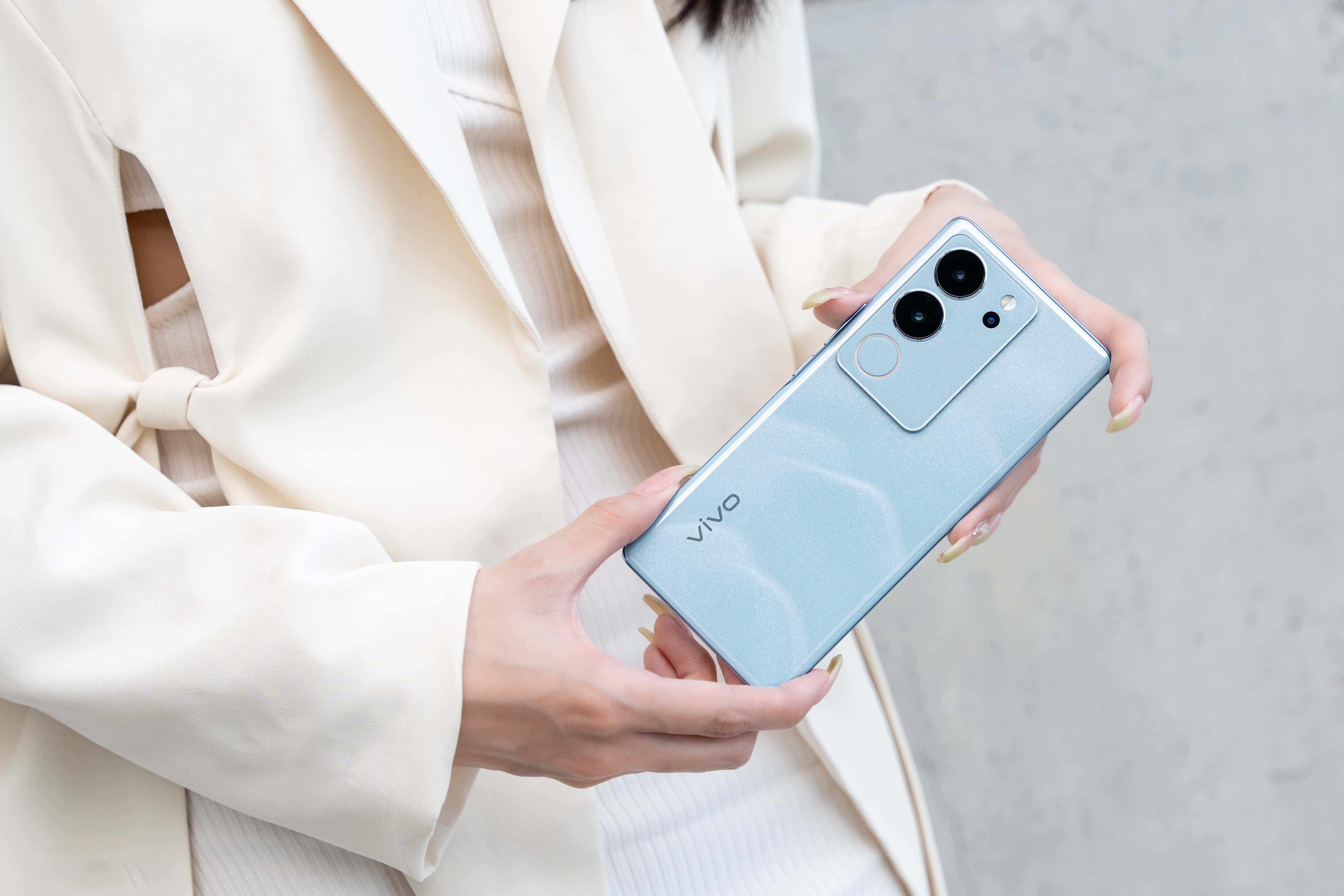
The front of the vivo S17 Pro features a 6.78-inch 1.5K ultra-retina eye protection screen with a resolution of 2800x1260. As the first 1.5K screen in the S series, it uses a "diamond-like" arrangement design and has a 452 PPI value, so it can be clearly rendered and the fonts are very sharp when you brush Weibo or watch Jitterbug on a daily basis.
In addition, the Vivo S17 Pro screen has multiple hardware eye protection technologies, including hardware-level low blue light, which reduces harmful blue light to 6.5%, and 2160Hz high-frequency PWM dimming, which can relieve eye fatigue even when playing with the phone at night.
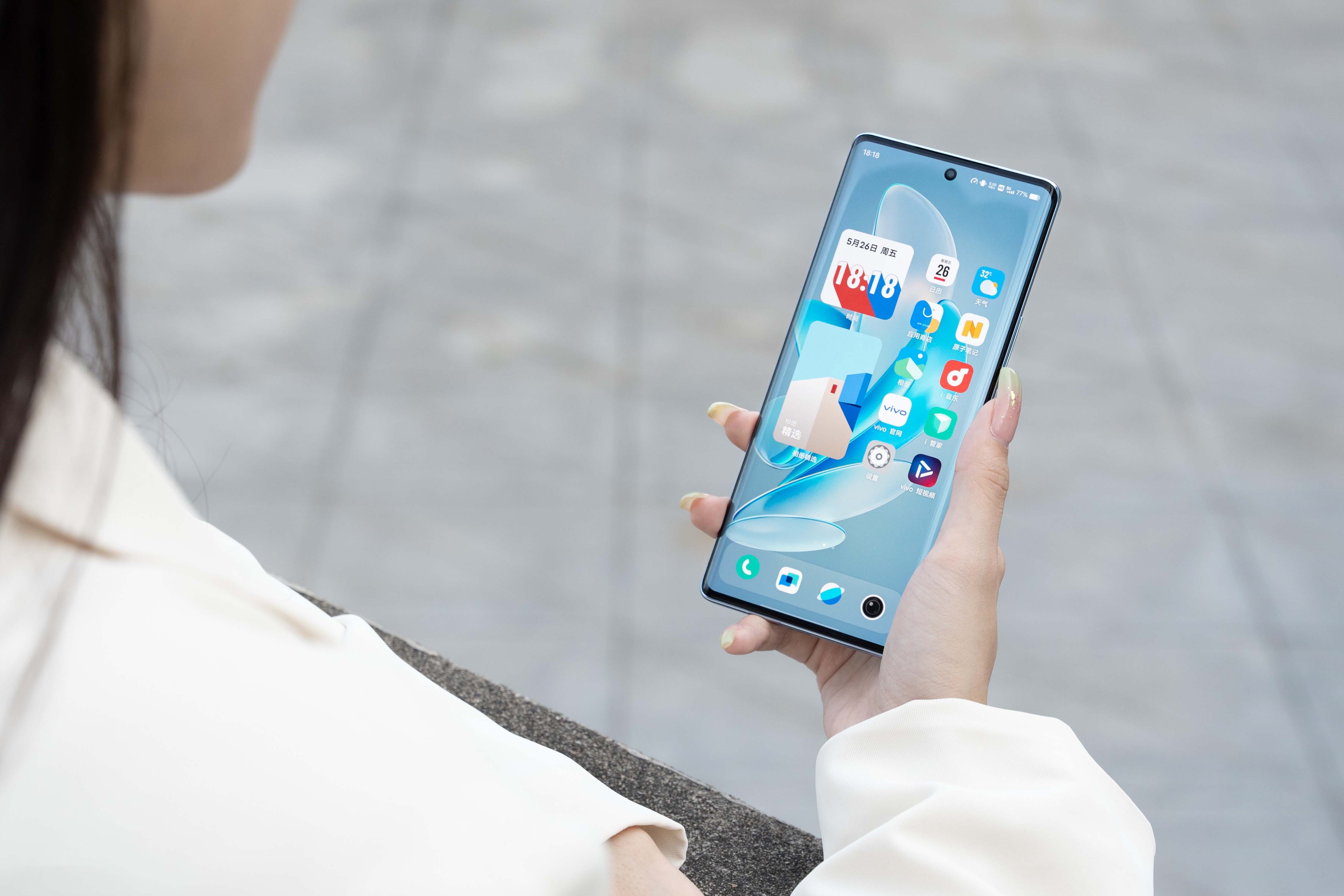
Summary
vivo S17 Pro has the industry's first particle ink mountain and sea texture design, which not only shows the charm of three-dimensional landscape, but also continues the young and trendy design concept of S series; in terms of image, there are excellent image hardware on the front and back, and both front and back are equipped with soft light to meet the different needs of photographers for "light"; the Tiangui 8200 word-of-mouth chip is supported to meet the daily use, and occasionally with friends. It is also no problem to open a black.
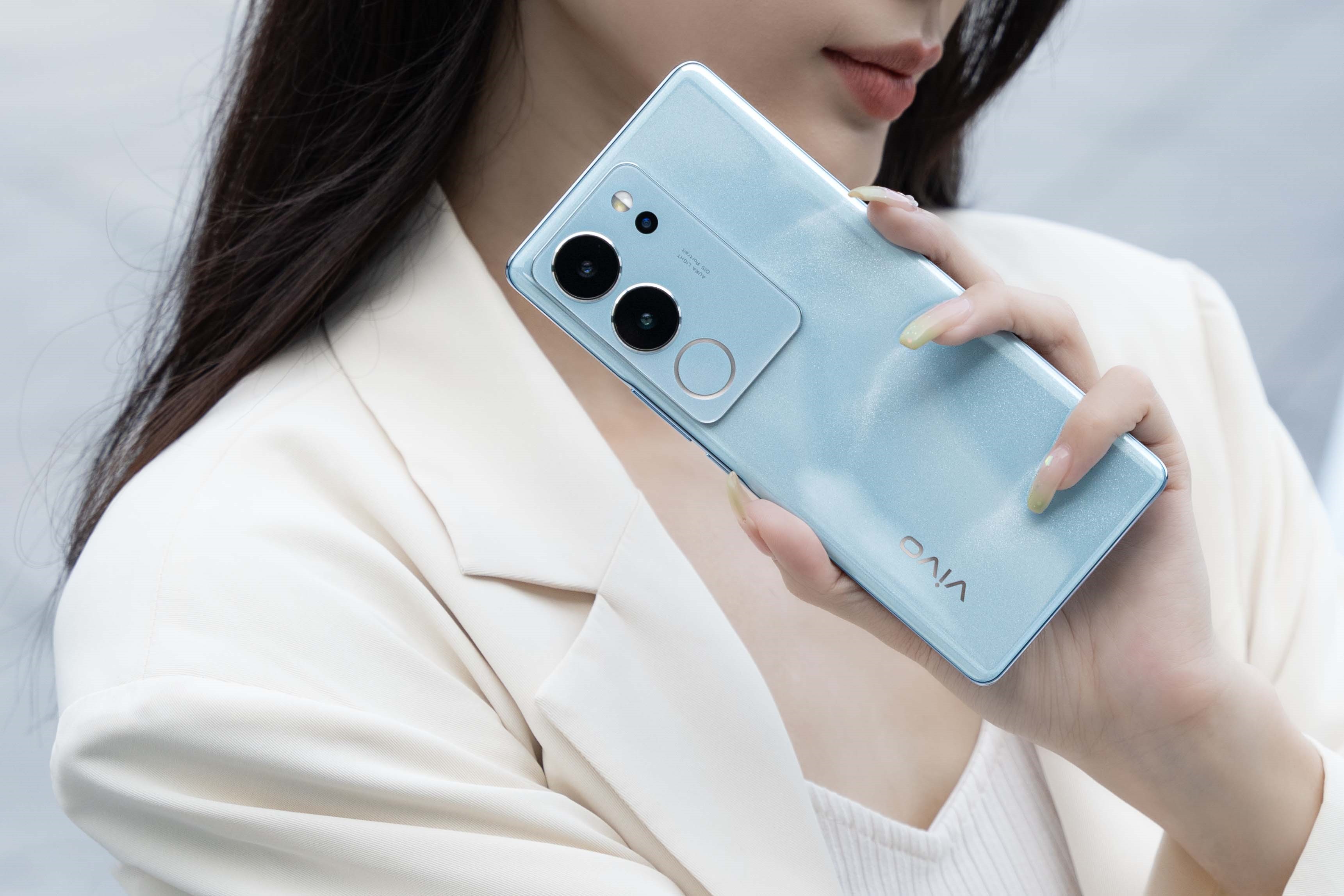
In my opinion, although the design and image configuration of the vivo S17 Pro are normal iterations, it can be seen that the vivo S series has been persisting in the road of "design more in line with young trends" and "shooting good portraits", and the design of dual soft lights in front and back leaves the choice of atmosphere to the user, rather than relying purely on automatic algorithms, which is also a point I like. For those who like to take portraits, the Vivo S17 Pro is indeed a good choice.

